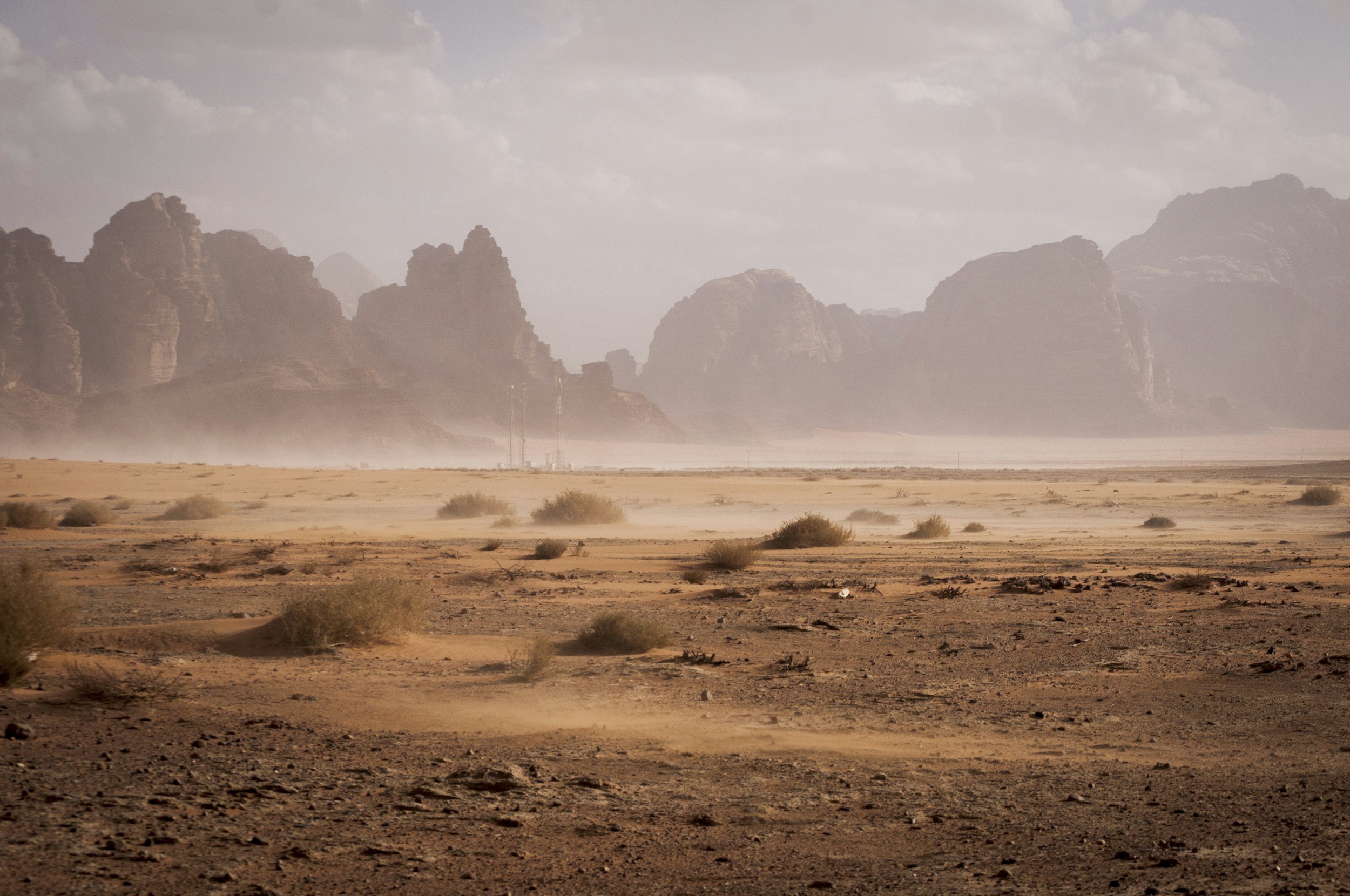
AI, Blockchain, and Transparency
Technology at the Service of Trust: How AI and Blockchain Guarantee Absolute Transparency
In a field where trust has been eroded by broken promises and "greenwashing" allegations, technology is not merely a tool for efficiency, but the very foundation of the project's credibility. The proposed technological architecture, based on the synergy of Artificial Intelligence (AI) and Blockchain, is designed to create a system of unprecedented transparency and accountability. It is a political instrument aimed at establishing a form of "enforced honesty," where the truthfulness of data is not just encouraged, but structurally guaranteed.
Blockchain: An Immutable Ledger for Absolute Trust
At the heart of the trust system lies a distributed ledger technology (DLT), commonly known as Blockchain. It can be imagined as a shared and secure digital ledger with unique properties ideal for managing a global fund.
Transparency and Immutability : Every transaction, from the collection of a fraction of a cent of the FTT to its allocation to a reforestation project, including every corporate sustainability claim, is recorded in a data block. Each block is cryptographically linked to the previous one, forming a chain. Once information is written on this chain, it can never be altered or deleted. This immutable character creates a permanent and tamper-proof audit trail, accessible to all authorized stakeholders, making fraud or data manipulation extremely difficult.
End-to-End Traceability : Thanks to this transparent ledger, it becomes possible to track every dollar of the FTT from its source to its final impact on the ground. This granular traceability is essential to ensure that funds are used for their intended purpose. It also plays a crucial role in preventing the double counting of carbon credits, a major problem in current offset markets, by ensuring that an issued and recorded credit can only be sold or claimed once.
Automation via Smart Contracts : The blockchain allows for the use of "smart contracts," which are self-executing computer programs. The terms of the agreement (e.g., "release $1 million to project X when independent verification confirms that 10,000 trees have been planted") are written into the code. The contract will automatically execute the payment only when the predefined and verified conditions are met. This automates compliance and directly links funding to results, reducing bureaucracy and ensuring that money flows only when impact is proven.
Artificial Intelligence: The Guardian of Data Veracity
While the blockchain guarantees the integrity of data once it is recorded, Artificial Intelligence (AI) acts upstream and continuously to ensure that only reliable data enters and remains in the system. AI is the analytical engine that transforms massive volumes of information into verifiable intelligence.
Continuous Verification : AI systems can analyze a company's reported data in real time and cross-reference it with a multitude of external sources: satellite imagery to verify deforestation or reforestation, news articles, NGO reports, government pollution databases, etc. This triangulation helps validate claims and detect inconsistencies.
Automated Audits : The system is designed for AI to automatically trigger in-depth audits in high-risk situations, such as during a new company's IPO. It will also perform spot checks and continuous adjustments of carbon rankings, ensuring a constant vigilance that human auditors alone could never achieve at this scale.
Anomaly Detection : AI is trained to recognize "normal" patterns in financial transactions and environmental reports. It can thus instantly identify unusual anomalies or deviations that might signal an error, an attempt at fraud, or a misleading statement, triggering an alert for further investigation.
Remote Sensing Analysis : AI is particularly powerful for analyzing remote sensing data. AI models pre-trained on thousands of satellite images can track changes in forest cover, urban expansion, or even estimate emissions from large industrial facilities with high precision, providing physical and objective verification of projects on the ground.
A Technological Synergy Against "Greenwashing"
The true strength of the architecture lies in the synergy between AI and blockchain. Taken separately, these technologies have limitations. The blockchain cannot verify the truthfulness of real-world data before it is entered. AI, on the other hand, depends on the quality of the data it is trained on and analyzes. This is the famous "Garbage-In, Garbage-Out" (GIGO) problem: if the input data is bad, the AI's results will be too.
The proposed system solves this problem by creating a virtuous feedback loop:
Real-world data is rigorously verified.
This high-quality data is recorded on the blockchain, which guarantees its origin and immutability.
The AI uses this reliable data ledger as a "source of truth" to perform its analyses, anomaly detections, and cross-verifications. The credibility of the blockchain enhances the reliability of the AI.
The results and alerts generated by the AI can in turn be recorded on the blockchain, enriching the ledger with verified information.
This interaction creates an ecosystem where the probability of detecting "greenwashing" is high and the penalties (financial and reputational) are severe. The system changes the cost-benefit analysis for companies: it becomes more economically rational to be transparent and honest than to attempt to deceive a system designed for self-verification.
The Multi-Level Verification Process: The Architecture of Trust
To ensure that only irreproachable data enters the blockchain, the project establishes a rigorous four-layer verification process, combining the best of human validation and technological automation.
Layer 1 : Human Verification at the Source (Ground Truth) :
It all starts in the real world. A global network of independent and accredited third-party auditors is responsible for physically verifying raw company data (energy bills, production logs) and the real impact of funded projects (counting trees, measuring renewable energy production). This layer establishes a "ground truth" validated by humans.
Layer 2 : The "Oracles" of Trust (The Secure Bridge) :
To reliably transfer this verified real-world data to the blockchain, the system uses "Oracles." These are not individuals, but independent and highly credible institutions (recognized scientific agencies, major university research bodies). Their role is to act as a bridge of trust: they review the reports from the Layer 1 auditors and, if compliant, affix a cryptographic signature that attests to their validity. It is this signature that authorizes the data to be written to the blockchain, thus solving the "oracle problem."
Layer 3 : The Blockchain Ledger (The Immutable Record) :
Once validated by the oracles, the data is written to the blockchain. From that moment, it is permanent, inviolable, and accessible for public verification, forming an immutable record of the company's or project's performance.
Layer 4 : Continuous Monitoring by AI (The Automated Guardian) :
Finally, the AI engine acts as a vigilant guardian, continuously monitoring all data on the chain. It searches for anomalies, inconsistencies, or suspicious patterns that may have escaped the previous layers, ensuring dynamic 24/7 surveillance.
This four-layer architecture is the project's central technical innovation, a complete end-to-end solution for data integrity, designed to make "greenwashing" architecturally impossible.



